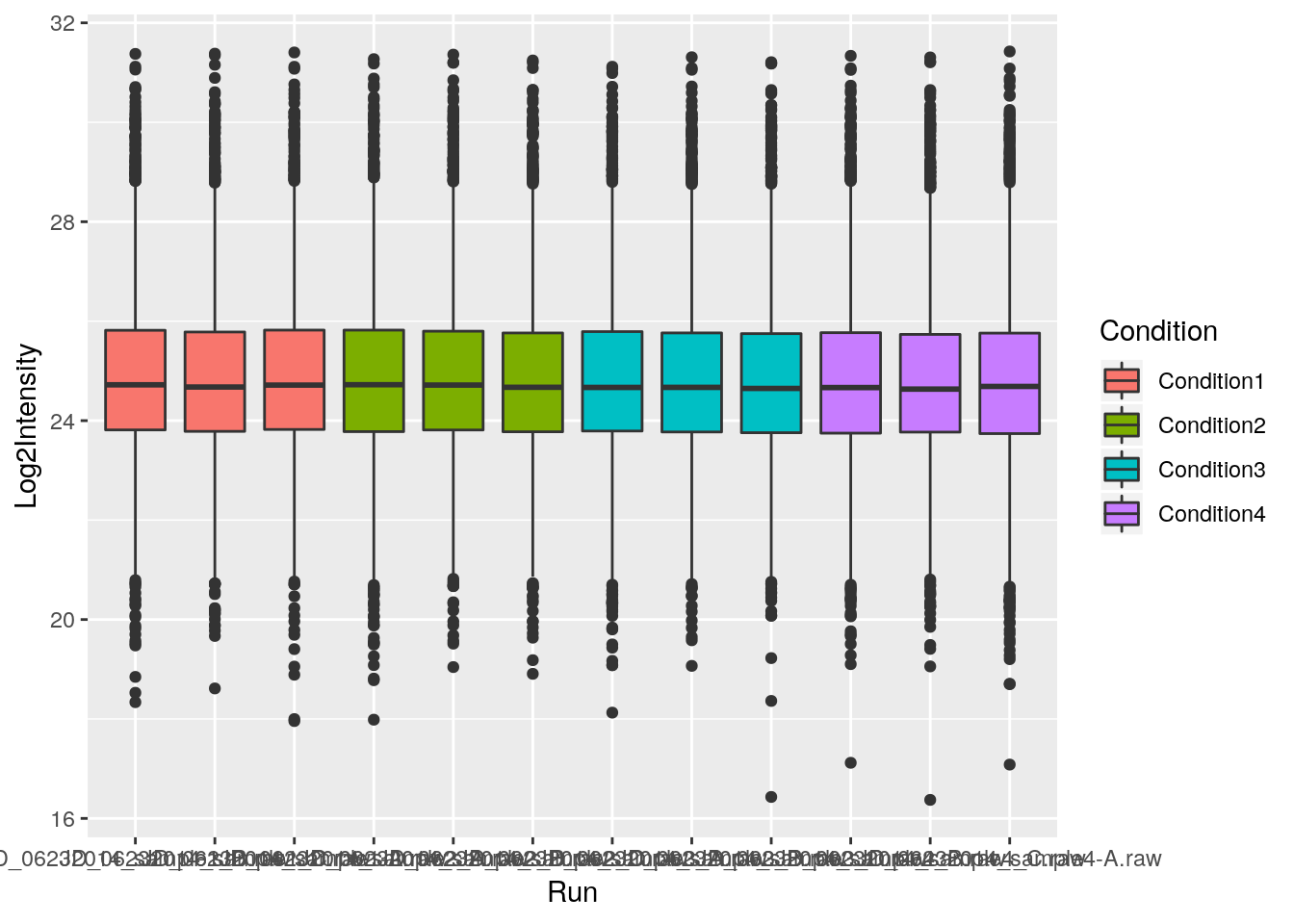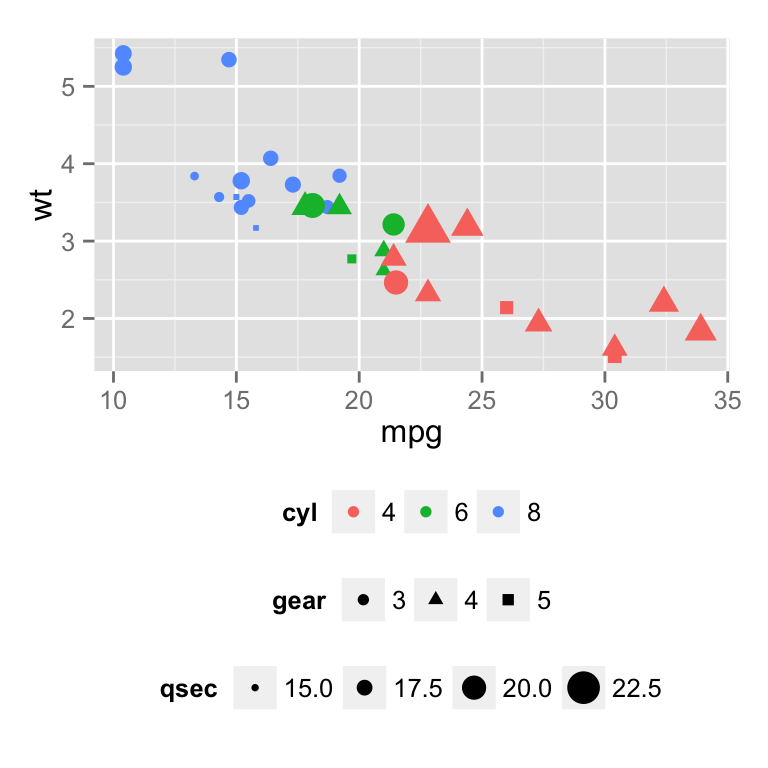
For example, size = (3).Īnother option is to remove the text from the plot entirely. Remember to include “” before and after the colour name. the colour can be changed to any of the colours listed here. the type of emphasis, with options including bold, italic and “alic”. Examples of fonts include: “Palatino”, “Helvetica”, “Courier”, “Times”. The font, colour, size and emphasis of any of these labels can be altered by arguments within element_text(your format). legend categories - legend.text = element_text().Where “title type” specifies which particular text you want to edit. The basic format is: mytheme <- theme(title type = element_text(your formats))

To do this, use the code theme() and customise with element_text() to alter these properties. The font, colour, size and emphasis of your labels and text can all be altered.
R PLOT RENAME X AXIS MANUAL
Manual pages can be displayed using the ?function_name notation in the R console.One Continuous and One Categorical VariableĪltering the text style of your legend, axis or title
R PLOT RENAME X AXIS FULL
Note that paste, toupper, substring, and abbreviate built-in functions are utilized to implement capitalize_all functionality, but a full review of these methods are out of this article’s scope. In this case, we implemented the capitalize_all function that abbreviates each label first and then converts the starting character of the string to the capital letter. Scale_x_discrete parameter labels can take a custom function object to modify each tick label accordingly. Use scale_x_discrete With Custom Function to Modify ggplot X Axis Tick Labels in R P3 <- ggplot(mpg, aes(manufacturer, cty)) + geom_point(colour = "blue") + P2 <- ggplot(mpg, aes(manufacturer, cty)) + geom_point() + P1 <- ggplot(mpg, aes(manufacturer, cty)) + geom_point() Namely, several scatter plots are drawn from the mpg data set. Scale_x_discrete works similarly on different graphs, and the label manipulation technique is applicable, as shown in the following example. P3 <- p1 + scale_x_discrete("Cut Type", labels = abbreviate) The next code snippet uses the abbreviate function to automatically shorten the labels and then draw graphs as two columns.Ĭreate Custom Data Labels.

P2 <- p1 + scale_x_discrete("Cut Type", labels = c("Fair" = "F","Good" = "G", "Very Good" = "VG","Premium" = "P","Ideal" = "I"))Īnother useful method to modify the labels on the x axis is to pass a function object as a labels parameter. P1 <- ggplot(diamonds, aes(cut)) + geom_bar(fill = "orange") + scale_x_discrete("Cut") Both graphs are drawn side-by-side using the grid.arrange function, part of the gridExtra package. Alternatively, we can pass specific string values for each label by constructing a vector and assigning it to the labels parameter. x axis has the default title - cut, which can be modified by passing the string as the first argument of scale_x_discrete.

The graph uses the cut column and plots the count of each type on the y axis. Notice that the first ggplot object is a bar graph based on the diamonds data set. In this case, we utilize scale_x_discrete to modify x axis tick labels for ggplot objects. Scale_x_discrete together with scale_y_discrete are used for advanced manipulation of plot scale labels and limits.

Use scale_x_discrete to Modify ggplot X Axis Tick Labels in R
R PLOT RENAME X AXIS HOW TO
This article will introduce how to modify ggplot x-axis tick labels in R.


 0 kommentar(er)
0 kommentar(er)
